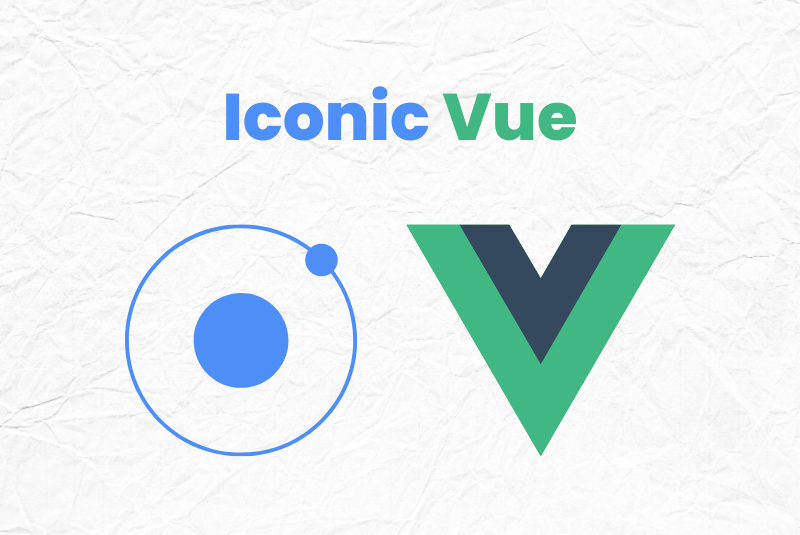Ionic framework is a free, open-source library for building apps that run on iOS, Android, Electron, and the web. Write your application once with standard technologies (HTML, CSS, JavaScript) and make it available on any platform. In addition to the UI components, the Ionic Framework also offers a command-line tool for creating new applications and deploying them on various platforms. In this guide, we will look at the basics of both the Vue and Ionic Framework, including the specific benefits of an Ionic App Development. If you’re familiar with Vue, enjoy the guide and learn something new about the Ionic Framework. If you’re unfamiliar with anyone, don’t worry! This guide covers the basics and provides plenty of information to start an Ionic app development company.
What is Vue?
Vue’s story begins in 2013 when Evan You worked at Google to create multiple prototypes in one browser. For this purpose, Evan used hands-on practices from other frameworks he worked with and officially released Vue in 2014.
Vue is an advanced framework for JavaScript used to build web interfaces and one-way applications. Vue is used for web interfaces and for developing desktops and mobile applications using the Electron framework. The HTML extension and the JS base quickly made Vue a preferred front-end tool, as demonstrated by its takeover by giants like Adobe, Behance, Alibaba, Gitlab, and Xiaomi.
The Pros of Vue for Ionic Android App Development
Like any technology that is growing in popularity, Vue is controversial in the programming community. And there are various reasons why Vue became the second most popular framework in 2019. Let’s see what the reasons are.
Tiny Size
This step is as short as Vue: the Zip archive downloaded with the frame is 18KB. Not only is the framework lightweight, it quickly downloads and installs the library, but it also has a positive impact on your UX and SEO.
Integration Capabilities and Flexibility
An essential aspect of the new technology is the ability to integrate with existing applications. With Vue, it is as easy as peeling pears because it is based on JavaScript only and does not require any other tools to run.
Vue allows you to write models; however, you want: using HTML, JS, or JSX (JavaScript syntax extension). With its components and its light, Vue can be used in almost any project. And we’re glad to know that it wouldn’t be a big deal to react or change angles because its internal organization is a mix of the two.
Solid Tooling Ecosystem
During its five years of existence, Vue has acquired a set of powerful tools to work with. The next version of Vue CLI 3 is a complete rewrite that will provide many new features. Vue CLI 3 will support Babel and TypeScript, giving unit testing, end-to-end testing tools, and a plug-in installation system. It also has its server renderer, browser debugging tools, and status manager.
Easy to Learn
A tool can only become mainstream if it is easy to understand, which can be when learning Vue. All you need to get started is, of course, a basic knowledge of HTML, CSS, and JavaScript.
It supports popular code editors such as Visual Studio, Sublime Text, and Atom Vue to make it easier to try. Newcomers are primarily supported by a community that actively answers questions in the Chat and Discord forums. Also, you’ll find countless guides and courses on the front page.
Concise Documentation
We should give credit to the Vue documentation. Whether you’re going to learn a framework, or you’re a tech-savvy friend looking for a problem reference: Vue’s documentation is here for you. It is well structured and covers every possible subject, accurately describing everything from installation to a greater depth, such as accountability and application scaling.
With offices in Houston, the ITsGuru is a top Ionic app development company backed by premier services. Contact today to make your own Ionic app.

